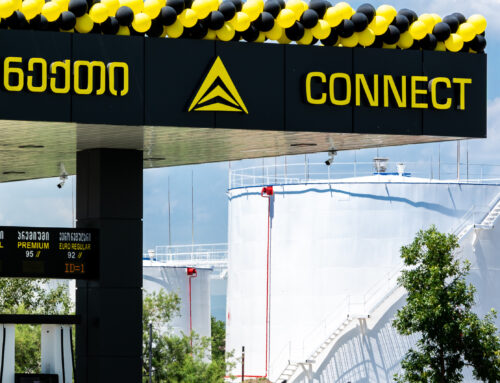Simple Guide – Check Fuel Cleanliness Yourself
Testing fuel quality in a laboratory is always the ideal choice, but in daily life, not everyone has access to professional testing. Fortunately, there are several simple and quick methods to check the initial quality of fuel directly at your vehicle’s fuel tank. These tests do not replace laboratory analysis but provide a good indication for prevention and avoiding deeper issues.
Transparency and Color
How? Pour the fuel into a glass sample container or a white cup and observe its appearance.
What to look for?
- A water layer at the bottom
- Cloudy color or dark sediment
- Carbon particles
Why it matters? Cleanliness and transparency are basic indicators of fuel quality
Settling Test (On-Site)
How? Leave a fuel sample in a glass container for 1–2 hours.
What to observe?
- Sediment at the bottom indicates poorly mixed biocomponents or waxy compounds
Layer separation indicates the presence of water or other contaminants
Filter Paper Test
How? Drop a few drops of fuel onto white filter paper.
What to observe?
- Remaining stain or slimy layer indicates contamination
Bright yellow or brown marks are also suspicious
Result? This test is one of the best quick methods to identify a “problematic” fuel station.
Engine Behavior and Sound Observation
How? Pay attention to engine sound and performance after refueling.
What are the signs?
- Unusual knocking or rattling — may indicate low octane (RON)
- Loss of engine power — may indicate water content or energy performance issues
Note: These methods do not provide a deep analysis of the fuel, but often such small tests protect against serious damage. If in doubt — change the fuel station and consult a certified laboratory.






Leave A Comment